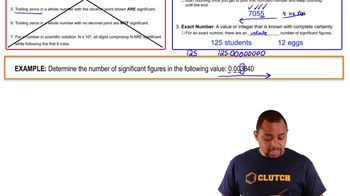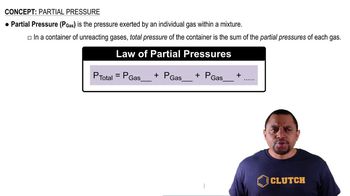Here are the essential concepts you must grasp in order to answer the question correctly.
Probability
Probability is a measure of the likelihood that a particular event will occur, expressed as a ratio of favorable outcomes to the total number of possible outcomes. In the context of rolling dice, it helps determine how many combinations can result in a specific point total, allowing for the calculation of the most probable outcomes.
Recommended video:
Most Probable Speed Example
Combinatorial Counting
Combinatorial counting involves determining the number of ways to arrange or combine items, which is essential for calculating the different outcomes when rolling dice. For example, when rolling two dice, the total number of combinations is 6 (from the first die) multiplied by 6 (from the second die), resulting in 36 possible outcomes.
Recommended video:
Significant Figures Example
Sum of Dice Rolls
The sum of dice rolls refers to the total value obtained when adding the numbers shown on the faces of the rolled dice. For two six-sided dice, the possible sums range from 2 to 12, with varying frequencies for each total. Understanding how these sums are distributed helps identify the most probable outcomes based on the number of combinations that yield each total.
Recommended video:

 McMurry 8th Edition
McMurry 8th Edition Ch.18 - Thermodynamics: Entropy, Free Energy & Equilibrium
Ch.18 - Thermodynamics: Entropy, Free Energy & Equilibrium Problem 48
Problem 48 Verified step by step guidance
Verified step by step guidance


